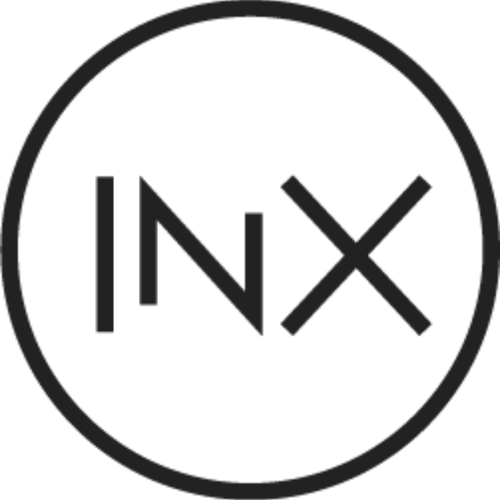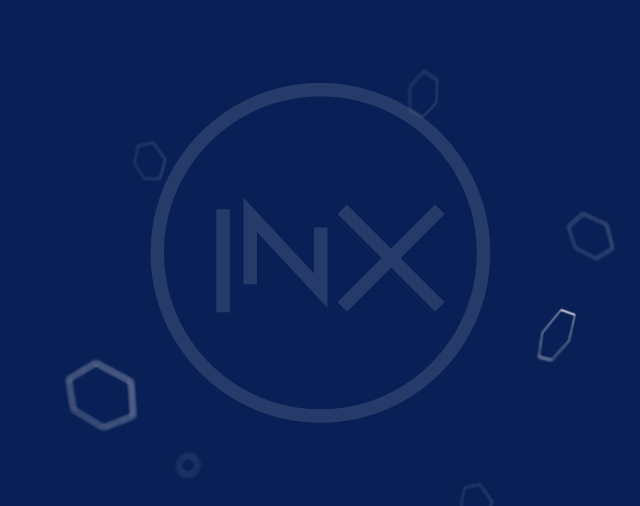The tokenized asset sector tells two completely different stories depending on which data you examine. One narrative shows explosive growth to $33 billion with major institutions like BlackRock and Franklin Templeton managing billions in regulated products that deliver exactly what they promise. The other narrative tracks over $15 million losses in Q1 2025 from investors who couldn’t distinguish between legitimate tokenized securities and elaborate scams using the same blockchain technology.
The opportunities in RWA are real, proven by billions in institutional capital flowing on-chain, but the risks are equally real as well, evidenced by millions lost. These losses are mostly to RWA offerings that looked professional but lacked the regulatory oversight and operational infrastructure that make tokenized assets trustworthy. In this guide, we show you how to evaluate tokenized assets using the same analytical framework that keeps Wall Street money safe.
How to Evaluate Tokenized Assets Risks
1. Start with a Regulatory Compliant Platform
The safest investments are those issued and traded under clear, transparent regulatory oversight. In the United States, the SEC classifies most tokenized assets as securities, requiring registration, disclosure, and investor protection.
So, you must ensure that you only trade on regulated platforms with broker-dealer and Alternative Trading System (ATS) licenses, as INX does. Any missing documentation or unclear jurisdictional claims are a clear sign of non-compliance and represent an immediate red flag.
2. Analyze the Underlying Asset for Real-World Backing and Quality
The true value of any tokenized asset depends on the quality and verification of the real-world asset it represents. Therefore, you want to confirm that each token corresponds to a tangible, regulated holding.
Reliable issuers will always provide third-party attestations proving one-to-one backing between tokens and underlying assets. To make this easier, you can stick to trading on regulated platforms like INX that you’re sure only list assets with real-world backing.
3. Assess the Issuer’s Financial and Operational Strength
The credibility of a tokenized asset depends mainly on the strength of its issuer and custodian. What is the assurance that a tokenized asset is actually backed by the underlying assets?
Look for information on profitability and capital stability. Once you notice that the issuer is weak or undercapitalized, that can be a source of counterparty risk, even when the underlying asset is strong.
4. Cross-Check Asset’s Custodian
The custodian is in charge of storing and securing the underlying assets and is a major part of proving the asset’s credibility. Ensure that it is a qualified custodian or regulated trust firm with extensive platform reliability tests.
In order to maintain operational and financial standards, regulated platforms like INX ensure that custodians of listed assets comply with regulatory oversight, cybersecurity assessments, and compliance inspections.
5. Understand the Smart Contract and Technology Risks
Tokenized assets rely on blockchain technology, so additional factors are introduced by tokenization’s technical aspects, including smart contract risk and technology risk. Since ownership, transfers, and distribution are managed by smart contracts, smart contract exploits can lead to asset loss. Always verify that the protocol has been audited by top-tier blockchain companies to ensure that there is no smart contract risk.
The choice of blockchain is also an important risk factor; private chains give control with less decentralization, while public networks like Ethereum offer transparency and decentralization (and are generally more secure).
6. Check for Warning Signs
Promises of unreasonable returns and terms are clear warning signs; if it is too good to be true, then it is probably a fake claim. Read through the documentation to verify the source of the additional income if a tokenized security offers yields significantly higher than those of its underlying asset.
It is another clear warning sign if the issuer or custodian uses shell corporations or offshore businesses with little disclosure, incomplete, or out-of-date audit reports. This most likely comes with vague regulatory claims and pressure to invest immediately. Reputable offerings always clearly indicate their compliance status and allow enough time for due diligence.
INX: A regulated pathway to Bridging Wall Street and Digital Assets
At INX, compliance forms the foundation of our approach to regulation, and as an SEC-registered broker-dealer and Alternative Trading System (ATS), INX ensures every tokenized asset meets strict regulatory and operational standards. By combining regulated issuance, trading, and custody, the platform provides investors with a secure, transparent, and trustworthy gateway to tokenized markets.
FAQs (Frequently Asked Questions)
You should always review the asset’s documentation, including proof of reserves, third-party audit reports, and legal opinions confirming one-to-one backing. Regulated platforms like INX verify this information before listing any asset, so investors can be confident that each token corresponds to a legitimate, audited holding.
Tokenized assets carry both traditional financial risks (like issuer solvency and market liquidity) and blockchain-specific risks (like smart contract vulnerabilities). Unregulated offerings or assets without verified backing pose the highest risk. Always ensure that the token issuer, custodian, and platform are all regulated and transparent.
Avoid investing immediately and verify its legitimacy. Check for clear regulatory filings, third-party audits, and custody verification. If those are missing or vague, it’s a red flag. To stay safe, trade only through regulated platforms like INX, where compliance checks are built into the listing process.



